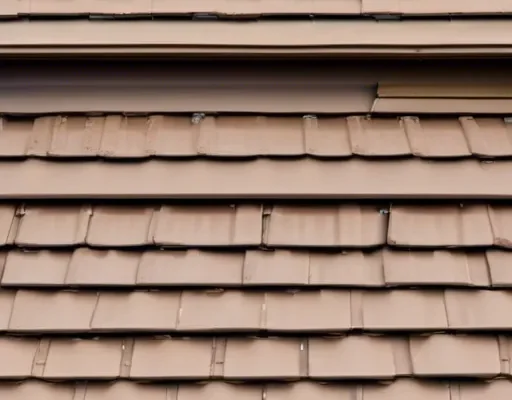Choosing the right roof for a home is much more than a choice between apples and oranges; it’s about crafting the canopy under which your life will unfold. Homeowners often find themselves at the crossroads of gable and hipped roofs, each carrying its unique set of aesthetics and practical benefits. Let’s delve into these two contenders to determine which makes the most sense for your architectural ambitions.
A roof is not just about shelter but also about style, efficiency, and maximizing the potential of your home’s upper reaches. Whether you’re building from scratch or rethinking your existing construct, understanding the nuances between gable and hipped roofs can significantly influence your project’s success.
Key Features and First Impressions
- Gable Roof: The quintessential triangular roof, simple yet elegant, ideal for maximizing attic space and shedding water efficiently.
- Hipped Roof: Known for its four sloping sides, offering better stability during high winds and creating a cohesive, finished appearance.
- Style Preference: Gable roofs lend a classic look, while hipped roofs project modern sophistication.
- Weather Suitability: While gable roofs are perfect for shedding rain and snow, hipped roofs offer superior wind resistance.
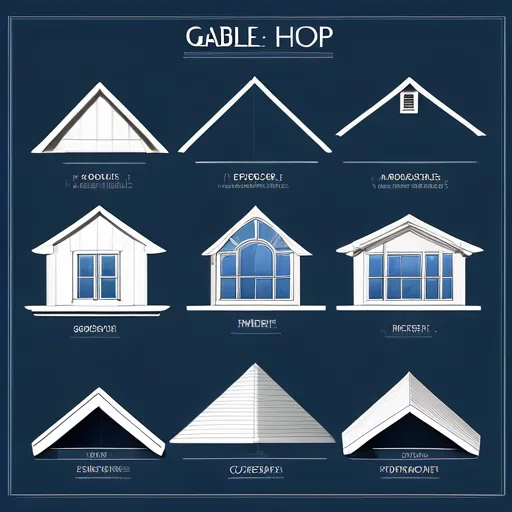
Technical Details
Design
The design of a roof can significantly impact the overall aesthetic and functionality of a home. Gable roofs, with their straightforward geometry, have a universal appeal that fits well within various architectural styles. Conversely, hipped roofs exude a nuanced elegance, their slopes seamlessly merging into the building’s silhouette.
Performance
When considering performance, think about your climate. Gable roofs excel in areas with heavy rainfall or snow, thanks to their steep angles. Hipped roofs, while slightly more complex to construct, withstand high winds and storms better, making them suitable for hurricane-prone areas.
Usability
If you’re eyeing extra storage or living space, a gable roof might be your ally. Its design naturally lends itself to loft conversions. Hipped roofs, though more challenging in this regard, offer less attic space but provide better exterior protection.
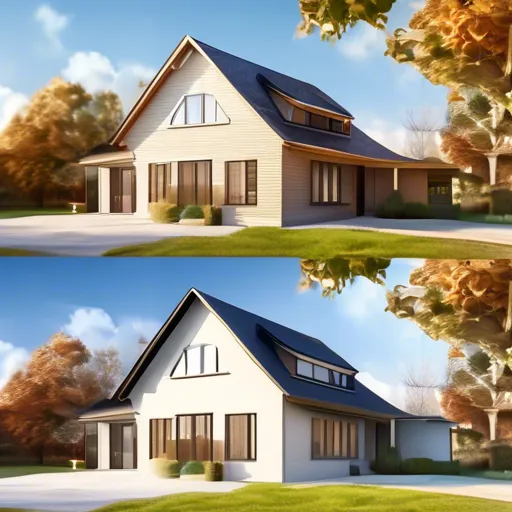
Side-by-Side Comparison
| Aspect | Gable Roof | Hipped Roof |
|---|---|---|
| Durability | Good in snow/rain | Excellent in high winds |
| Ease of Use | Simple to construct | Complex but stable |
| Design | Classic appeal | Modern sophistication |
| Operating Costs | Generally lower | Potentially higher |
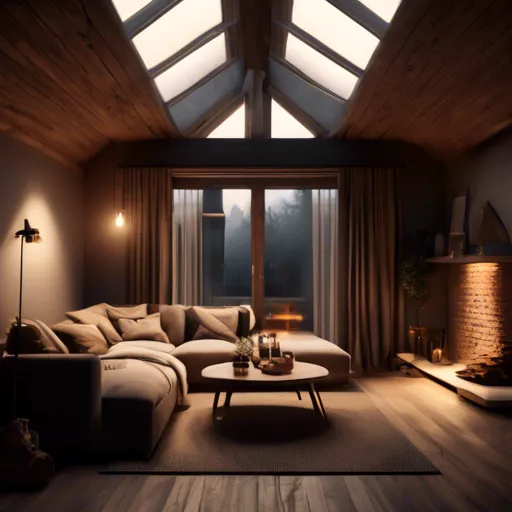
Practical Tips
- Choose a roof that complements the style of your home and neighborhood for harmonious integration.
- Consider climate conditions; prioritize functionality that suits local weather patterns.
- If planning to repurpose attic space, lean towards a gable design for optimal flexibility.
- Think about long-term maintenance and consider the complexity of roof structure and repair costs.
According to architectural experts, a home’s roof can constitute up to 25% of its visual exterior, making it a significant design consideration.
Conclusion
In the grand architectural puzzle that is home design, the choice of roof shouldn’t be made lightly. Both gable and hipped roofs bring distinct advantages to the table, from the classic allure of gables to the sturdy sophistication of hips. As with choosing a reliable car or adding chic furniture to your home, the decision lies in aligning function with personal taste.
Just as sealing the gap between a bathtub and the wall is crucial for bathroom longevity, selecting the correct roof ensures lasting satisfaction and performance. As you set out to make this pivotal choice, weigh your options wisely, and let your roof reflect the dream dwelling you envision.
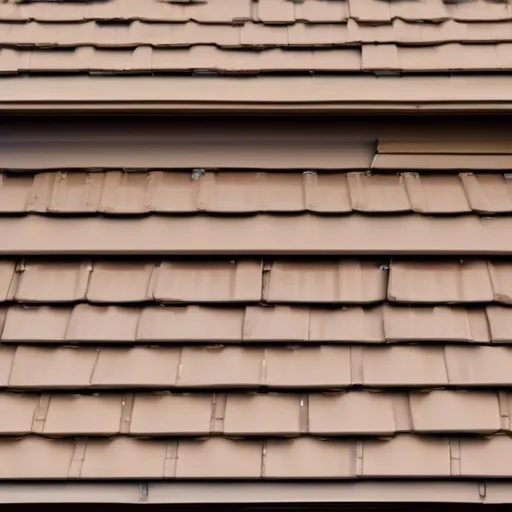 “`html
“`html
FAQ
What is a gable roof?
A gable roof consists of two sloping sides that meet at a ridge. It is known for its triangular shape and effective water drainage.
What are the benefits of a gable roof?
Gable roofs are cost-effective and easy to construct. They provide good ventilation and additional space for an attic or vaulted ceilings.
What is a four-pitch roof?
A four-pitch roof, also known as a hip roof, slopes on all sides. It is a more stable design that is resistant to wind.
Which roof type is more weather-resistant?
Four-pitch roofs are generally more resistant to strong winds and heavy rain. Their design helps distribute weight and water evenly.
“`
